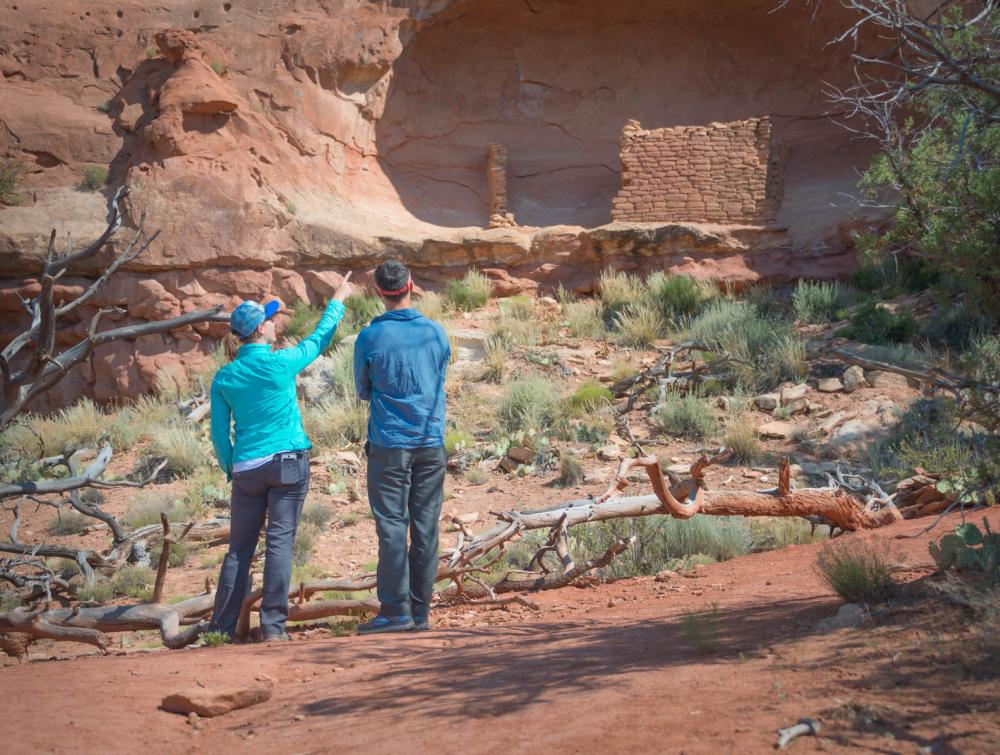How We Designate Monuments

Canyons of the Ancients National Monument, Colorado
Mason Cummings, The Wilderness Society
National monuments include some of America's most interesting natural and historical sites.
National monuments can either be established by Congress though legislation or by the president of the United States through the use of the Antiquities Act.
What is a national monument?
A national monument is a land or historical place that's been protected by Congress through legislation or by the president through the use of the Antiquities Act.
National monuments can be managed by any of the several federal land management agencies, including the National Park Service, U.S. Forest Service, U.S. Fish and Wildlife Service, or the Bureau of Land Management.
You may know some national monuments near your home or in states you've visited. Some example of national monuments include:
- Browns Canyon National Monument, Colorado
- Organ Mountains-Desert Peaks National Monument, New Mexico
- San Gabriel Mountains National Monument, California
- California Coastal Monument, California
- Canyon of the Ancients National Monument, Colorado
- Canyon de Chelly National Monument, Arizona
- Statue of Liberty, New York
What can you do in a national monument?
Most public and commercial activities continue after national monuments are established. These “existing rights” include previously-existing oil and gas leases; access to private property; valid mining claims; rights of way for roads and utility infrastructure. Additionally, the following recreational activities are almost always allowed in national monuments:
- Hunting and fishing
- Rafting and boating
- Horseback riding
- Camping, Backpacking, Hiking and Biking
- Riding motorized vehicles on designated routes
Local citizens have input about national monuments
National monuments are designated with local input. Take for example,the San Gabriel Mountains National Monument in California. A diverse, local coalition asked President Obama to protect this area using the Antiquities Act, and after an open public process, he did just that.
Other groups and individuals are also calling for the president to use the Antiquities Act to designate their special places as national monuments.
Using the Antiquities Act
The Antiquities Act can be used by the U.S. president to create national monuments. This has been a popular law used by the majority of U.S. presidents since its enactment in 1906, and has protected well-known places like the Grand Canyon, as well as lesser known but equally special ones like the Pacific Remote Islands Marine national monument.
Since Theodore Roosevelt created the Antiquities Act, nearly every president has used it to protect well known and lesser-known historical, cultural and natural icons. Some examples include:
- The Grand Canyon, which was established as a national monument before it was later designated as a national park.
- The Statue of Liberty
- Meriwether Lewis national monument in Tennessee
Helpful links
- BLM National Monuments:
www.blm.gov/wo/st/en/prog/blm_special_areas/NLCS/monuments.html - National Park Service National Monuments:
www.cr.nps.gov/history/hisnps/npshistory/monuments.htm - U.S. Forest Service National Monuments:
www.fs.fed.us/ - U.S. Fish and Wildlife Service:
www.fws.gov/marinenationalmonuments/
